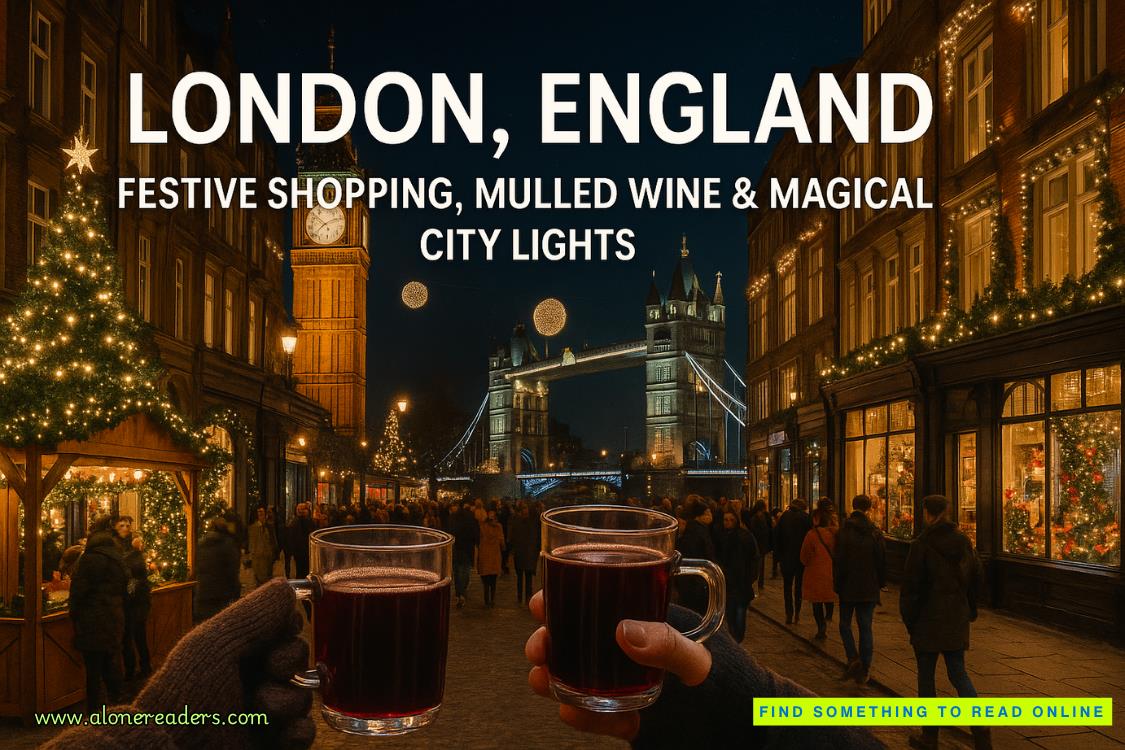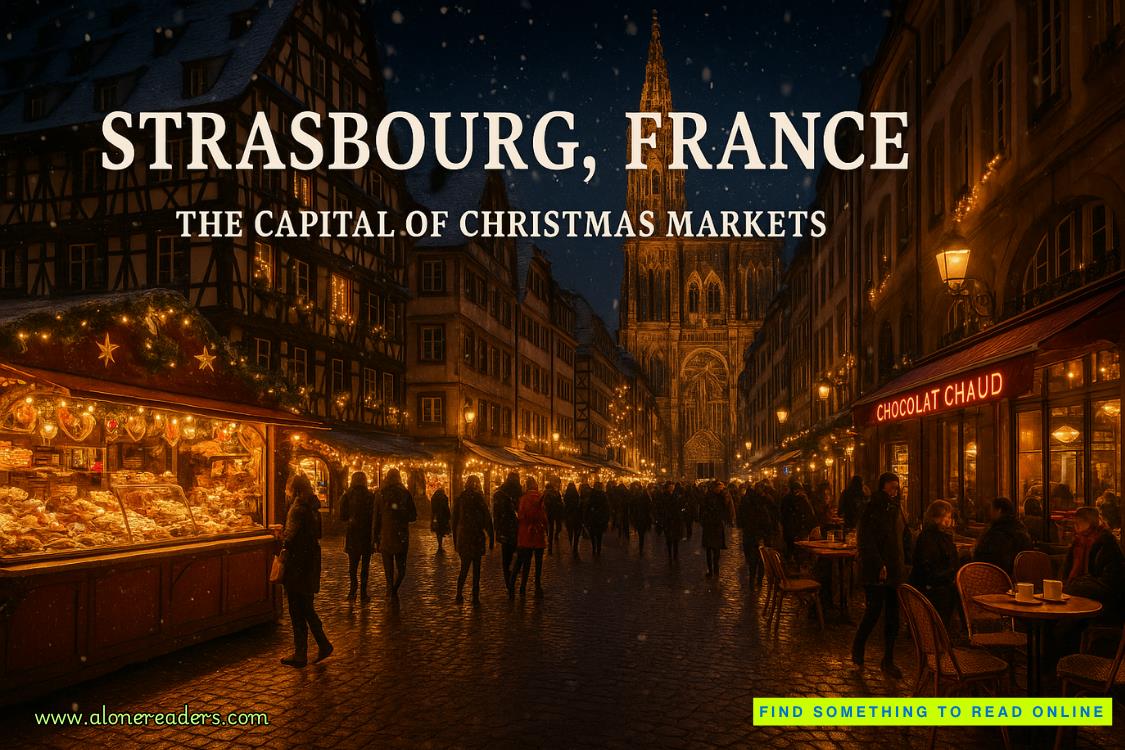Page 100 of Ruling Destiny
The dot to the right symbolizes the Palazzo Medici.
And the dot Leonardo placed at the bottom represents the Duomo, where I stand now.
And yet, when I consider the tarot cards and the symbols etched onto the map—the sideways crown, the upside-down hourglass, the archer’s bow—I’m still not convinced I’ll find the Moon here.
I close my eyes, summon the image again and…yes!
Suddenly it seems so obvious, I can’t believe I hadn’t seen it before.
So much has been made of the fact that Leonardo chose to paint Jesus’s robe without distorting the image, which is not how it would normally appear when viewed through an orb.
If Leonardo was so intent on getting the crystal right by adding occlusions, then why wouldn’t he take it all the way and paint the robe in an inverted image?
Some claim it’s because Leonardo chose to be polite to the viewer—to not distract or confuse them or upset the visual continuity of the picture.
Others say he did it to show the perfection of Christ—that even his robe couldn’t be marred.
But now I know it’s neither of those things.
Leonardo placed those three dots to represent three specific landmarks.
And he left the crystal clear because that one prominent white streak, which is made to look like a fold in the robe Jesus wears—that one streak that cuts straight through the center dot and ends just shy of Christ’s middle finger—is like an arrow pointing me directly to where the Moon hides.
And as I look out at the city again, the sun lifting higher into the sky, a burst of adrenaline shoots through me as I line up those three dots, noting how that arrow points straight to the Baptistery of San Giovanni—the octagon-shaped building that’s right across the street from where I now stand.
Since this will probably be my last chance to see Florence like this, I steal another moment to soak in the view of this magnificent landscape, determined to imprint the image onto my brain so I can carry it with me long after I return to Gray Wolf.
In my studies leading up to this Trip, I learned about Stendhal syndrome—a condition specific to Florence, where people fall ill after witnessing the stunning Renaissance-era art displayed throughout the city. The symptoms include dizziness, heart palpitations, disorientation, and more. It’s said that a man once had a heart attack while looking at Botticelli’s masterpiece,The Birth of Venus.
I take it as more proof of the power great art has to touch our very souls.
And maybe that’s what Savonarola’s so afraid of. He wants our souls to be touched only through God—his version of God, anyway. But what he’s failed to realize is that great art is the direct byproduct of artists connecting to the divine.
When I take in the golden sphere that rises from the top of the dome with a cross placed just above, something about that particular view gives me pause.
Though I’m certain theSalvator Mundiis pointing to the location that’ll lead me to the Moon, seeing the golden ball glinting in the early-morning sun reminds me of something else I recently learned. How, just five years before, in 1492, a bolt of lightning struck this red dome, causing damage to the lantern.
In just over a century from now, the dome will be struck once again. Only this time, the lightning will cause that same gilded sphere to break away from the structure, topple down the side of the dome, and smash onto the street below.
Thankfully, because of the storm, the streets will be empty, and no one will be hurt. A year later, a new ball will be put in its place, and a marble plaque will be set in the exact location where that first ball landed.
As I take another look at the golden orb, my skin pricks with chills—and I know in that moment that Arthur got it wrong when he matched those three symbols on the map to their corresponding tarot cards.
While I’m sure he’s right about the Moon and the Hermit cards, the crown is where he took a wrong turn.
Had he asked me, I never would’ve picked the High Priestess to represent the crown. Especially considering the way it was drawn on Columbus’s map as though it had fallen onto its side.
No, I would’ve reached for one of the most dreaded cards in the deck.
The card that’s right up there with Death and the Devil when it comes to bad news, the Tower is almost always viewed as a portent of doom.
While both modern and traditional decks portray the High Priestess as a woman wearing a crown, and while all the other elements seem to line up as well, if I’d known back at Gray Wolf that Arthur was sending me to Florence during the Bonfire of the Vanities, I would’ve told him right then that the Tower is the card that brings the whole thing together.
Like the modern and traditional versions of the High Priestess card, the Tower also bears a crown. Only the crown on the Tower card is portrayed as being blown sideways off the top of the building after suffering a terrible blow from nature—or an act of God.
I pull the map from my pocket, and there it is—the crown on the map, just like the crown on the Tower card, is sideways. Leaving me more convinced than ever that the Tower will provide the ultimate clue.
As for all the other links…Let’s see, let’s see… The Tower shares an astrological link with Mars, which fits, since according to my studies the place where the baptistery stands was once an ancient Roman temple for Mars.















